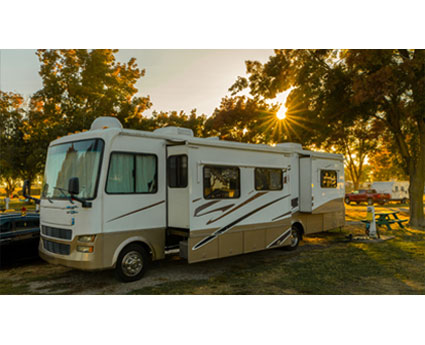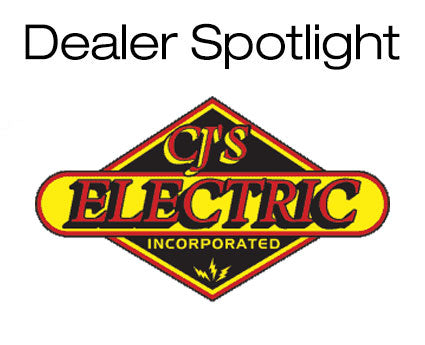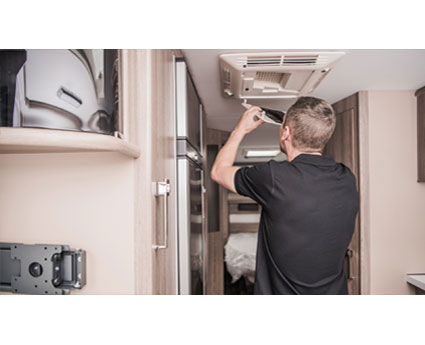Do I Need an AC Surge Protector if I Have Whole Home Protection?
Here’s the short and honest answer:
Whole-home surge protection helps, but it does not fully shield your AC system. HVAC units have unique electrical vulnerabilities that make them more likely to suffer damage during storms, outages, and everyday power fluctuations. A dedicated AC surge protector adds the layer of defense your whole-home system can’t provide, especially for high-value equipment like your air conditioner.
Why? Because your AC is one of the most expensive and electronically complex systems in your home. Its startup loads, control boards, compressors, sensors, and thermostat connections make it more sensitive than most appliances.
A dedicated AC surge protector installed at the condenser helps block internal and external surges right at the source, before they reach those sensitive components. Whole-home protection lowers the overall risk but doesn’t guarantee full protection for systems like HVAC that are constantly cycling on and off.
In this article, we’ll walk you through:
- What your whole-home surge protector actually covers (and what it doesn’t)
- Why HVAC units face higher surge risks than other appliances
- The real cost of leaving your AC system unprotected
- How a dedicated AC surge protector gives you peace of mind
- And finally, a look at Micro-Air’s EasySurge™ built just for home HVAC systems
What Does Whole-Home Surge Protection Actually Cover?
Whole-home surge protectors are installed directly at your home’s electrical panel. Their main job is to guard your home from large incoming surges, most commonly from lightning, utility issues, or grid fluctuations.
When a spike hits your electrical system, the whole-home protector acts like a gatekeeper. It absorbs or diverts the surge so it doesn’t blast through your wiring and into your appliances. They protect the “big picture” of your home’s electrical system like major electronics, outlets, and wiring.
But here’s the limitation most homeowners aren’t told:
Whole-home units are excellent at blocking major, external surges. However, they are less effective against smaller, repetitive internal surges, which can gradually damage appliances over time.
A simple way to picture it:
Whole-home surge protection is like a security guard at your front door.
They stop the big threats from breaking in, but once someone is already inside the house, that guard can’t protect every room at the same time.
Those smaller, repetitive surges add up, especially for your AC system.
The Gaps in Whole-Home Surge Protection
Even with panel-level protection in place, your HVAC system can still face electrical threats. Here are the most common ones whole-home protection doesn’t fully block:
-
Internal Surges
Surges generated inside the home are very common. When large appliances cycle on and off– your refrigerator, washer/dryer, or even your HVAC compressor– they create mini power spikes. These small surges travel through the system, slowly wearing down sensitive components. -
Voltage Fluctuations
During storms, brownouts, or generator switchovers, the voltage can swing up and down. These unstable power levels strain HVAC electronics, especially control boards and thermostats. -
Localized Spikes Through Low-Voltage Lines
Your thermostat wire and control board wiring can carry spikes that bypass the main electrical panel protection entirely. Whole-home systems don’t always catch these.
Plus, modern HVAC units are more vulnerable than older models. Today’s systems include circuit boards and smart technology that are far more sensitive to electronics damage.
So although whole-home protection is a fantastic first line of defense, it still leaves small and sometimes expensive gaps.
The Cost of Not Protecting Your HVAC System
HVAC repairs aren’t cheap, and surges often hit the most expensive parts of the system.
A quick reality check:
- Replacing a control board: $400–$900+
- Replacing a compressor: $1,500–$3,500+
- Replacing the full outdoor unit: $4,000–$12,000
And in many cases, the damage isn’t obvious right away. Small surges chip away at components over time until one hot summer afternoon your AC suddenly won’t turn on.
Considering how often power issues happen (even beyond lightning), adding a dedicated surge protector is a low-cost way to avoid a high-cost failure.
What are The Benefits of Adding a Home AC Surge Protector?
A dedicated AC surge protector works directly at the condenser and gives your system its own personal shield. When combined with whole-home protection, it creates a “layered” defense strategy.
Here’s what homeowners gain from adding one:
-
Protects key components: Helps safeguard control boards, capacitors, compressors, and sensors
-
Extends the life of your AC: Reduces wear caused by repeated mini-surges
-
Improves reliability: Lowers the chances of post-storm breakdowns and emergency repairs
-
Adds peace of mind: Especially during storm season or when your AC is running for pets while you’re away
Layering protection is now considered best practice for HVAC because it addresses both major and minor surges at the source.
Meet Micro-Air’s EasySurge™ — Advanced AC Surge Protection
If you’re looking for an extra layer of defense for your AC system, Micro-Air’s EasySurge™ is designed specifically for HVAC protection, built with homeowners in mind.
EasySurge™ offers:
-
Made in the USA quality: Manufactured and tested right here at Micro-Air’s NJ facility.
-
Real support from real people: No outsourced tech support—you speak directly with U.S.-based experts.
-
Built for longevity: Designed to handle real-world surge conditions, not just laboratory tests.
-
Clear status indicator lights: So you always know your protection is active.
-
A smart safety layer for one of your home’s most valuable systems.
For homeowners who want long-term protection, not just a quick fix, EasySurge™ offers the kind of reliability that cheap protectors simply don’t match.
Buy the EasySurge™ Guardian HVAC Surge Protector.
FAQ
Where should an AC surge protector be installed?
A licensed HVAC technician typically installs it at the outdoor condenser or disconnect box. This placement lets it intercept surges before they reach critical internal components.
Do surge protectors save energy?
Not directly as they’re designed for protection, not efficiency. However, by preventing damage and voltage irregularities, they help your HVAC system operate more reliably and maintain peak performance.
How long does an HVAC surge protector last?
Most models last several years, depending on how many surges they absorb. LED indicators on devices like Micro-Air’s EasySurge™ let homeowners know when replacement is needed.
Note: This article is for informational purposes only; Micro-Air does not make recommendations or provide support outside of Micro-Air products.




